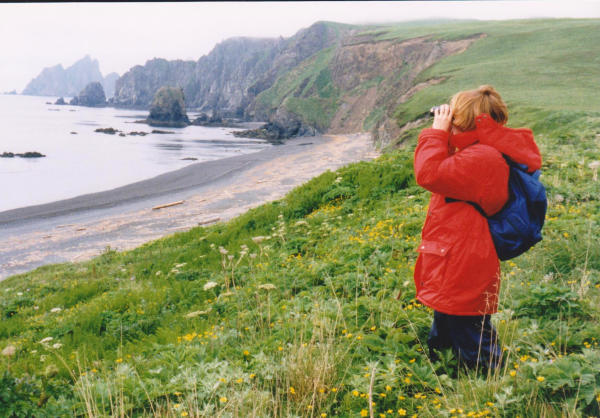
|
A recent experience with a Swainson’s Warbler deep in a shadowy bramble reinforced the point that I needed all the light I could get to confirm my identification. Just a minute or two later I spotted a waterthrush at the edge of a small wetland surrounded by dense vegetation. The brown warbler blended in nicely with the brown mud, but my bright binocular allowed me to distinguish the bird as a Louisiana Waterthrush.
So how can we be sure we’re getting the most out of our binoculars under low light conditions? The two numbers that describe your binocular, say 8x40, combine to affect the brightness of the image you see, an important point for birders.
It’s estimated that the human pupil can open to a little more than 7mm in low light conditions. If the exit pupil of your binocular is less than 7mm, you are not taking advantage of all the light available to your eyes. If you do a lot of birding in low light conditions, consider a binocular with an exit pupil closer to 7mm – for instance, a 7x50 model.
Dividing any binocular’s second number by the first results in the exit pupil size. For example, an 8x40 binocular has an exit pupil diameter of 5mm, so a 7x50 model will definitely help when the sun is low and you’re trying to definitively identify that last sandpiper.
As with almost all binocular specs, there are tradeoffs. A larger objective lens may increase exit pupil size, but it also makes for a larger binocular. Also, as we age, our pupil may not widen as much as it did when we were younger, so a larger exit pupil size may not help as much in low light conditions.
Keep in mind that differences in exit pupil size may be difficult to detect. Compare binoculars with different powers and objective lens combinations, preferably side-by-side and under different light conditions, to find the one just right for you.
Article by Peter Stangel